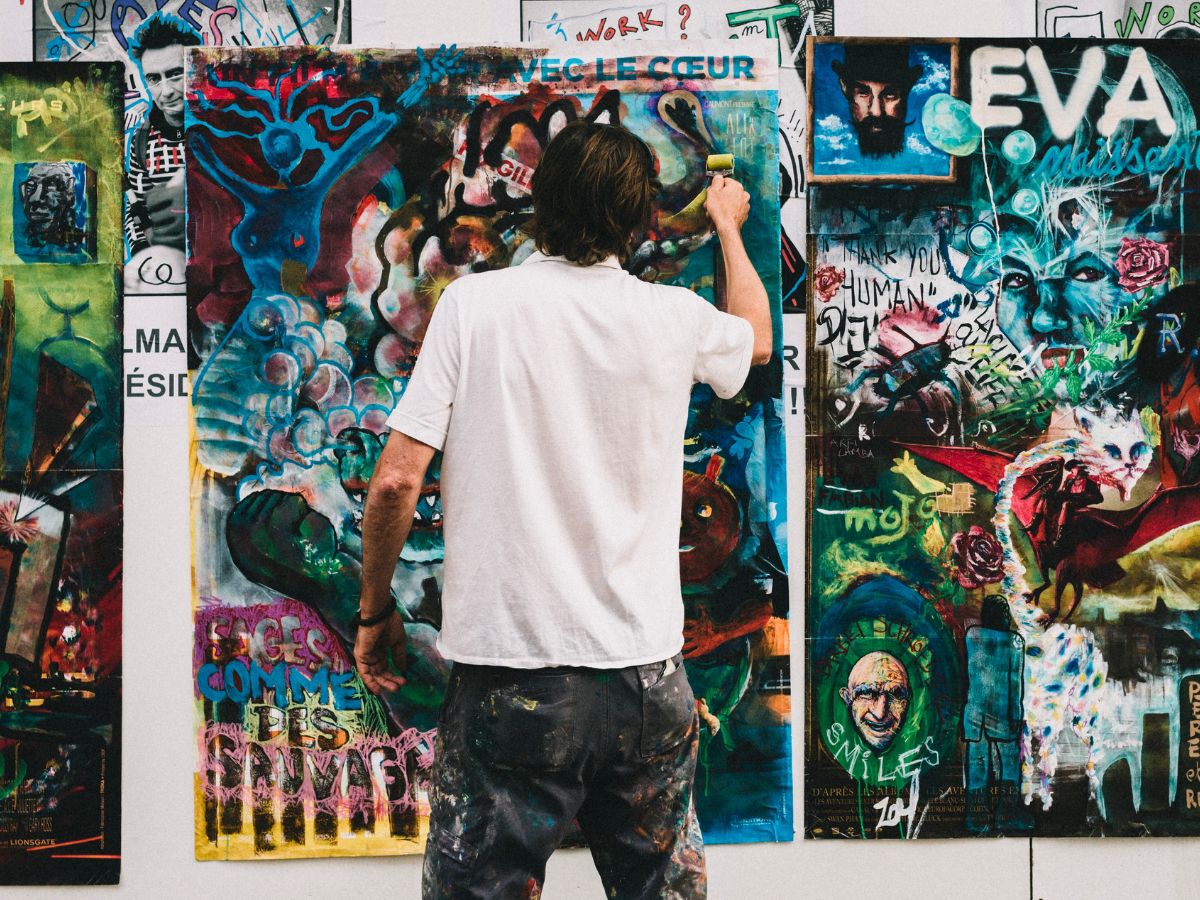Canvas is usually stretched on a frame made of wood for painting. You can either stretch your own canvas or buy the pre-stretched ones. When it comes to painting using oil paint or acrylic, canvas can provide an excellent surface. It is a heavy-duty woven fabric, and is sturdy, affordable, and lightweight. Here are some tips for painting on canvas that can be invaluable for beginners as well as experienced artists:
1. Stretch your canvas
If you’re using an unstretched or rolled canvas, you’ll need to stretch it before use. Of course, you can also get a pre-stretched canvas. It would be the most convenient choice, but an expensive investment. You’ll be ready to paint on such a canvas as soon as you unwrap it. A pre-stretched canvas also comes completely primed.
2. Prime your canvas
Unless you’re using a pre-stretched canvas that has been primed, you’ll need to do all the priming yourself. This is often done with ‘gesso’. It is a substance that functions exactly like the primer used when painting a house. Gesso can be used with oil paint, acrylic, or tempera.
It protects the fibers of your canvas and also makes the surface softer for working with paint. This helps protect your brushes and use less paint to create your masterpiece.
3. Prepare your canvas
Decide how you’re going to paint. You don’t need to worry about the rights or wrongs. Just set your canvas in an upright position or at a slight angle. You can also choose to keep it right next to your palette. Keep your brushes, water, palette knives, and other painting supplies ready.
4. Use the right brushes
Some brushes are designed specifically for painting with acrylic or oil paints. If you’re using any of those mediums, it would be a good idea to choose the brushes accordingly. Besides, they’re an appropriate choice for canvas painting. The delicate watercolor brushes won’t last long on the sturdy surface of your canvas.
5. Use a tonal background color to set the mood
A white background might not look good for a moody, stormy painting. You’ll need a greyish coat to give such paintings the desired effects. To set the right mood for your painting, consider applying a suitable tonal background color in addition to gesso.
6. Experiment with underpainting
Underpainting can add depth to your finished piece, although it’s not visible directly once done. This is a method of painting an outline and it is often done in an opposing color. Since you can use canvas for opaque paints, it gives you a chance to experiment with underpainting.
7. Play around with a medium
When you paint on a canvas, you get ample opportunities to experiment with a medium. You’ll have a variety of media to choose, ranging from oil paint to acrylic. Oil paint media can be used to create a matte or high-gloss finish. Acrylic can add body, texture, or gloss to your finished artwork.
8. Find a suitable spot to dry your canvas
Make sure that you have a safe space to dry your canvas before you start painting. Don’t leave it to dry on a paper or newsprint. Even a light touch to the paint may cause some serious damage. So, it is good to be mindful about where you’re setting your canvas to dry. If possible, go for a non-stick surface.

